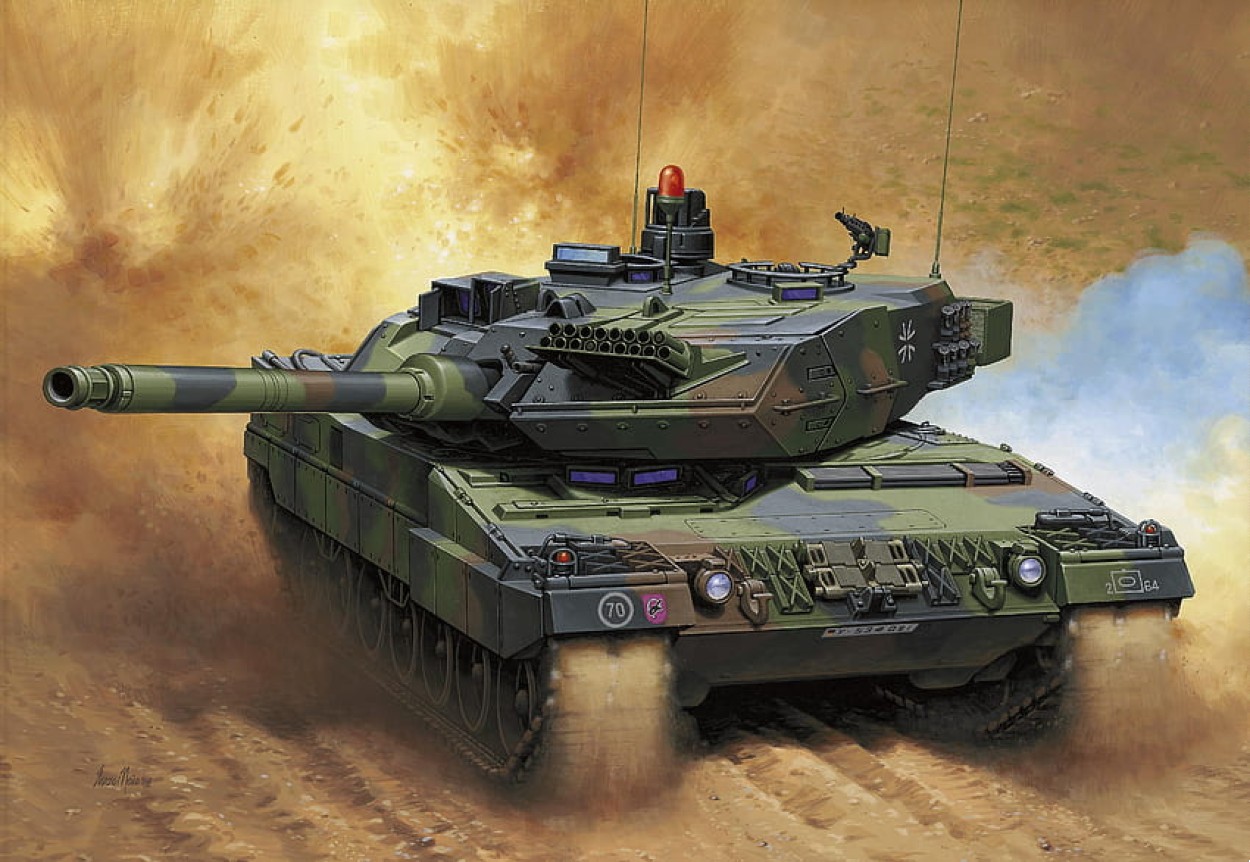Ukraine’s refusal of German Leopard 1A5 tanks due to their excessive wear and tear has been followed by a similar discovery of several faults on Danish tanks of the same type.
In a substantial joint effort involving Germany and the Netherlands, Denmark has contributed tanks to Ukraine, a country ravaged by conflict. While 20 Leopard 1A5-type tanks have been successfully handed over to Ukraine, recent inspections have revealed several defects, according to TV2.
In an official communication addressed to the contributors of the Ukraine Fund, Defense Minister Troels Lund Poulsen has disclosed that 12 out of the 20 tanks donated by Denmark are currently experiencing issues, the report said.
Of the 20 donated tanks, 10 have already arrived in Ukraine and have been found to have several minor faults. Poulsen disclosed that these issues are currently being addressed and rectified within Ukraine.
The remaining ten tanks that have also been handed over to Ukraine are presently in Poland, and according to Poulsen, two of these tanks have serious faults.

The problem with the Danish-donated tanks arose shortly after Ukraine declined to accept a shipment of 10 Leopard 1A5 tanks from Germany. Ukraine stated that the tanks required repairs that the Ukrainian military could not conduct, as reported by the EurAsian Times.
Under a declared US$2.9 billion military aid package in the spring, Germany has pledged to provide Ukraine with 110 tanks, predominantly Leopard 1As. The initial arrival of these tanks commenced in July.
However, implementing this commitment has encountered notable obstacles, with documented issues in the deployment process. By early August, reports disclosed that a mere 10% of the tanks pledged by Germany had reached Ukraine.
In addition to this, during the summer months, a group of Leopard 1As encountered immediate breakdowns upon their arrival in Ukraine.
Furthermore, in the haste to ready the tanks for the battlefield, it became evident that securing the correct spare parts and adequately training Ukrainian technicians for repairs posed significant challenges.
Cold War-Era Leopard 1A5
The Leopard 1A5 tanks provided by Germany and Denmark are considered older models than the Leopard 2 tanks previously supplied.
Ukraine’s European allies have not offered additional Leopard 2 tanks, primarily because their military forces continue to utilize these modern tanks. Furthermore, any Leopard 2s that might be in storage, such as in Spain, are severely deteriorated, rendering them unsuitable for transfer or use.
The Leopard 1 tanks were initially designed in 1961 and have undergone subsequent modernizations. The Leopard 1A5 model has aged significantly, to the point where German trainers had to seek assistance from soldiers in the Dutch and Danish armies.
These soldiers had more extensive experience with the Leopard 1A5 due to its extended usage in their respective militaries. They played a vital role in training Ukrainian soldiers to operate this older tank model.
Additionally, former German tank drivers trained in the 1980s and 1990s were instrumental in the training process.

The German army’s last formal training on this system dates back to 2000, with some trainers being civilians in their 50s or 60s who temporarily stepped away from their regular jobs to assist in training.
Despite its age, experts and German officials highlight that the Leopard 1A5 can serve as a valuable interim solution.
Its modern version, the Leopard 2A6, is notably more expensive, and even the limited number sent to Ukraine had to be sourced directly from the German military, where these tanks are in high demand.
Furthermore, the age of the Leopard 1A5 does not inherently render it ineffective, especially after refurbishment from decommissioned stock.
It is a viable alternative comparable to and, in several aspects, superior to the Soviet-made T-72 tanks, which are also used by Ukrainian forces.
Although the Leopard 1A5 is several generations behind the modern tanks initially requested by Kyiv, it presents other advantages. It is easier to train personnel on, maintain, and repair. Moreover, the abundance of these tanks is a factor to consider.
Many of these tanks were dormant, stored, and unused in European warehouses. Only earlier this year did the German government approve and facilitate their donation to Ukraine.
The tanks were acquired by arms manufacturers, who are presently in the process of refurbishing them. Germany and its allied nations are shouldering the expenses associated with this refurbishment effort.
Nonetheless, the Leopard 1A5, despite its age, can provide valuable long-range firepower support in an infantry-centered assault.
However, it is crucial to emphasize that these tanks require comprehensive refurbishment before they can be effectively deployed in combat operations.
- Contact the author at ashishmichel(at)gmail.com
- Follow EurAsian Times on Google News




